#geologia
Text
67 notes
·
View notes
Text

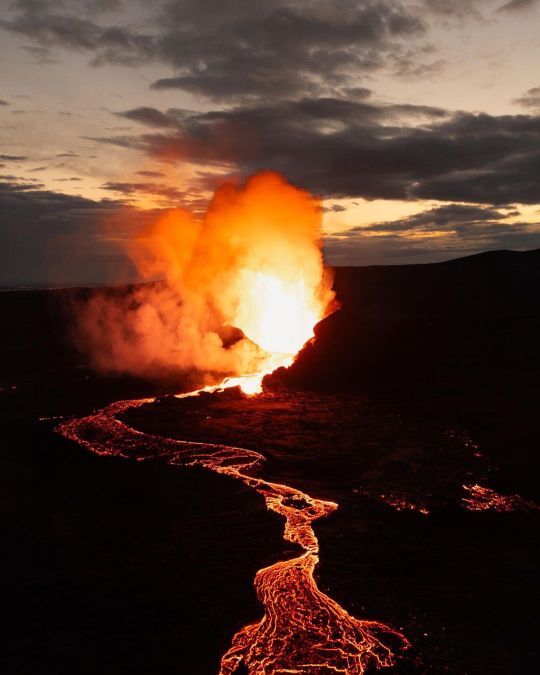



Que en Islandia hay volcanes no es nada nuevo. Lo nuevo son las fotos y vídeos que hay de ellos. Estas imágenes son de la última erupción.
213 notes
·
View notes
Text
It's official! Skalickie Skałki (Skalice Rocks) confirmed as the oldest rock outcrop in entire Poland. Made of sillimanite gneisses they were said to be even a billion years old, but current estimations are closer to 600 mln yrs.


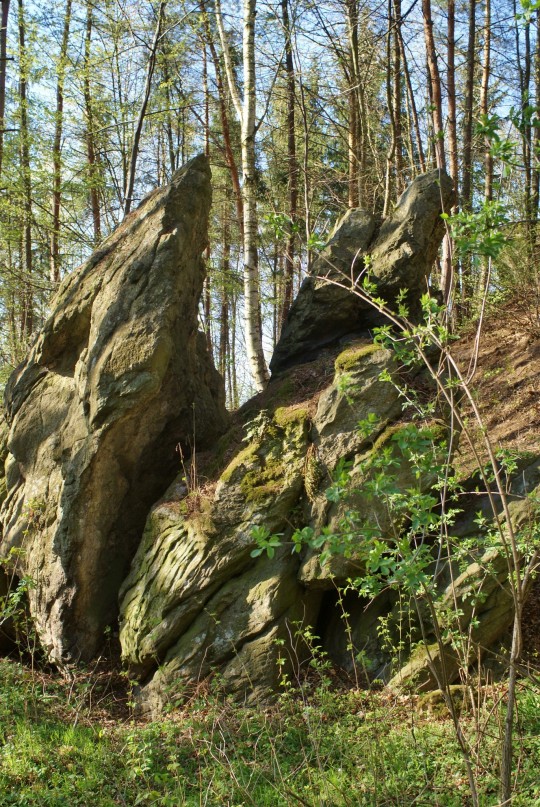
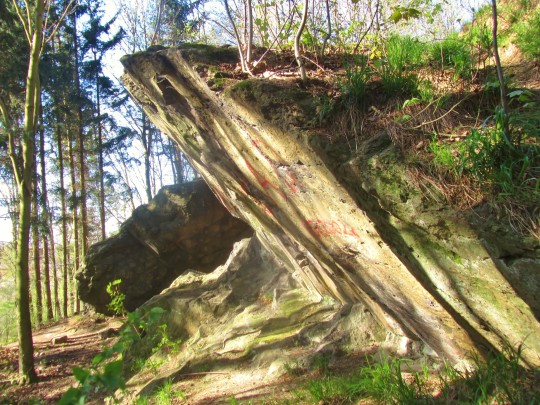

#My favourite spot#Skalice#wzgórza strzelińskie#lower silesia#geology#geotourism#geologia#poland#sudetes#geology of poland#my photography#rocks#sillimanite gneiss#proterozoic
296 notes
·
View notes
Text
it's so sad that rocks look so tasty they look like candy but they hurt to bite😥😥😥😥😥😥😥😥😥😥😥😥😥😥😥😥😥😥😥😥😥😥😥😥😥😥😥😥😥😥😥😥😥😥😥😥😥😥😥😥😥😥😥😥😥😥😥😥😥😥😥😥😥😥😥😥😥😥😥😥😥😥😥😥😥😥😥😥😥😥😥😥😥😥😥😥😥😥😥😥😥😥😥😥😥😥😥😥😥😥😥😥😥😥😥😥😥😥😥😥😥😥😥😥😥😥😥😥😥😥😥😥😥😥😥😥😥😥😥😥😥😥😥😥😥😥😥😥😥😥😥😥😥😥😥😥😥😥😥😥😥😥😥😥😥😥😥😥😥😥😥😥😥😥😥😥😥😥😥😥😥😥😥😥😥😥😥😥😥😥😥😥😥😥😥😥😥😥😥😥😥
176 notes
·
View notes
Text


Olivines from dunites from the Mid-Atlantic Ridge.
Olivine is a mineral group with the general formula (Mg,Fe)2SiO4 and usually found in igneous rocks like gabbro, peridotite, basalt, and dunite. It's abundant in the mantle.
Informations from the 21st edition of the Manual of Mineralogy, by Klein and Hurlbut.
84 notes
·
View notes
Text
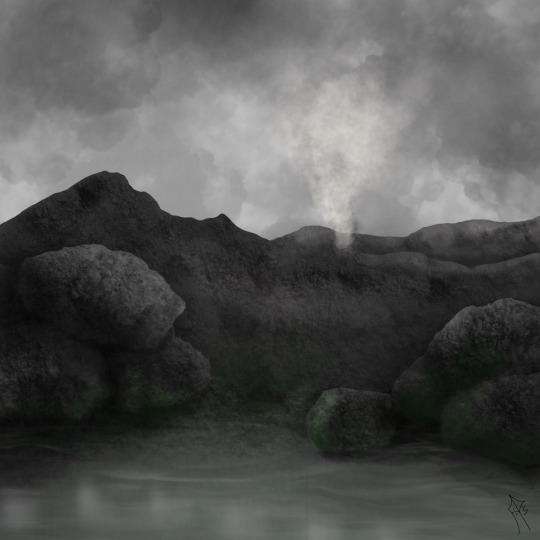
The first land plants arise! | O surgimento das primeiras plantas terrestres!
🇬🇧
As a paleobotanist, this is my favorite part.
At the onset of the Late Ordovician, Earth's continents were clustered near the South Pole in a supercontinent known as Gondwana. The climate was generally warm, and the sea levels were high, creating extensive shallow marine environments. It is within this dynamic context that the first land plants began to evolve.
Early land plants are thought to have originated from green algae, adapting to life on land over millions of years. Fossil evidence suggests that the first land plants were simple and lacked complex vascular tissues. These primitive plants were likely small and inconspicuous, resembling modern-day liverworts, mosses, and algae.
The transition from aquatic to terrestrial life posed several challenges for these early plants. They had to develop adaptations to cope with the harsh conditions of land, such as desiccation, ultraviolet radiation, and the absence of a buoyant aquatic environment. Over time, these plants evolved various structures, such as cuticles to retain water, rhizoids for anchorage, and sporangia for reproductive purposes.
The colonization of land by plants during the Late Ordovician had profound implications for Earth's ecosystems. As plants gained a foothold on land, they contributed to the development of soil, altered local climates, and provided new habitats for other organisms. Additionally, the process of photosynthesis by land plants had a significant impact on atmospheric composition, leading to changes in oxygen and carbon dioxide levels.
While the Late Ordovician marks the initial steps of land plant evolution, it was in subsequent periods, such as the Silurian and Devonian, that more diverse and complex plant forms emerged. The evolution of land plants played a crucial role in shaping Earth's ecosystems and paved the way for the establishment of terrestrial life as we know it today.
🇧🇷
Como paleobotânica, essa é minha parte favorita.
No início do Ordoviciano Tardio, os continentes da Terra estavam agrupados perto do Polo Sul em um supercontinente conhecido como Gondwana. O clima era geralmente quente, e os níveis do mar estavam altos, criando ambientes marinhos rasos extensivos. É dentro desse contexto dinâmico que as primeiras plantas terrestres começaram a evoluir.
Acredita-se que as primeiras plantas terrestres tenham se originado a partir de algas verdes, adaptando-se à vida em terra ao longo de milhões de anos. Evidências fósseis sugerem que essas primeiras plantas eram simples e careciam de tecidos vasculares complexos. Provavelmente, eram pequenas e pouco perceptíveis, assemelhando-se às atuais hepáticas, musgos e algas.
A transição da vida aquática para a vida terrestre apresentou vários desafios para essas primeiras plantas. Elas tiveram que desenvolver adaptações para lidar com as condições adversas da terra, como a dessecação, radiação ultravioleta e a ausência de um ambiente aquático e flutuante. Com o tempo, essas plantas evoluíram diversas estruturas, como cutículas para reter água, rizoides para ancoragem e esporângios para fins reprodutivos.
A colonização da terra por plantas durante o Ordoviciano Tardio teve implicações profundas nos ecossistemas da Terra. À medida que as plantas conquistavam a terra, contribuíam para o desenvolvimento do solo, alteravam os climas locais e forneciam novos habitats para outros organismos. Além disso, o processo de fotossíntese pelas plantas terrestres teve um impacto significativo na composição atmosférica, levando a mudanças nos níveis de oxigênio e dióxido de carbono.
Embora o Ordoviciano Tardio marque os passos iniciais da evolução das plantas terrestres, foi em períodos subsequentes, como o Siluriano e Devoniano, que formas de plantas mais diversas e complexas surgiram. A evolução das plantas terrestres desempenhou um papel crucial na formação dos ecossistemas da Terra e abriu caminho para o estabelecimento da vida terrestre como a conhecemos hoje.
#science#paleontology#geology#paleobotany#universe#biology#earth#digital painting#artwork#paleozoic#paleoart#ordovician#biologia#geologia#arte digital#paleozóico#paleontologia#paleobotânica#paleostream#rocks
15 notes
·
View notes
Text
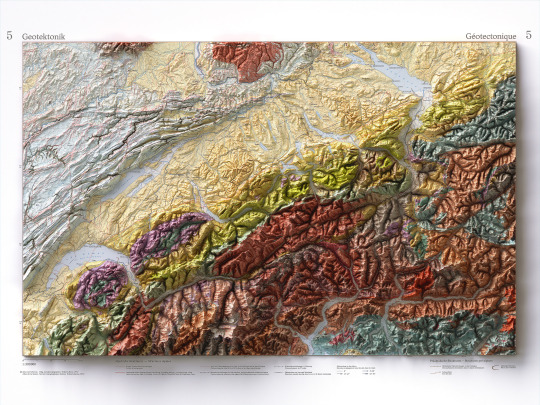
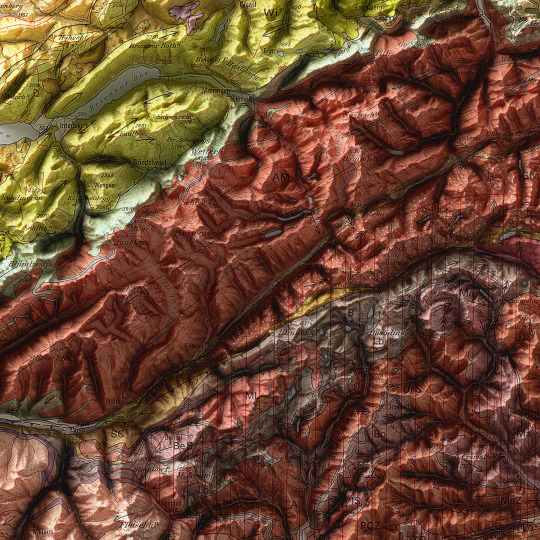
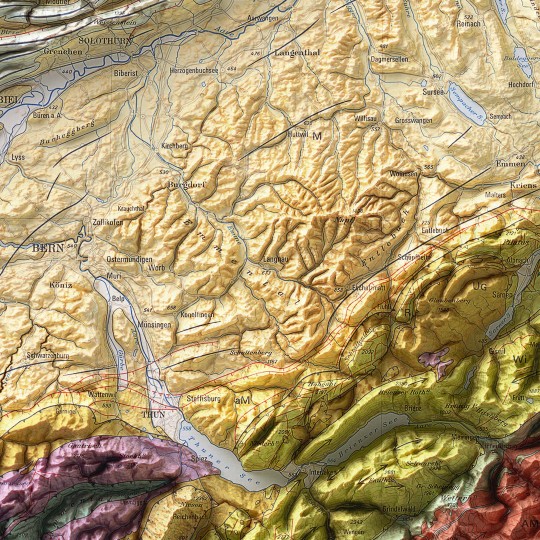
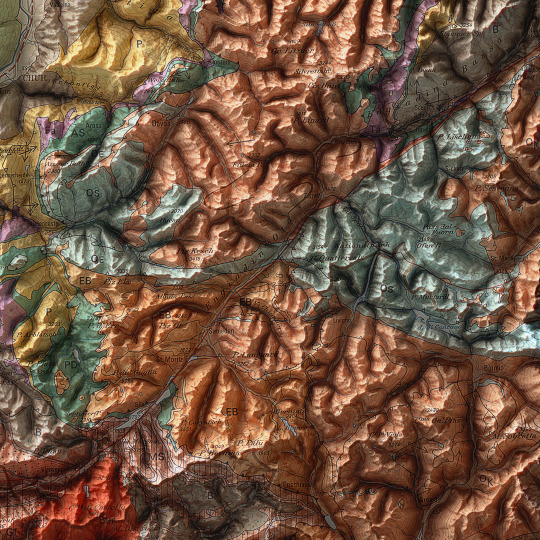
As announced, a new map has been added to the European collection.
We had started this paper years ago, but it had never been finalized. Since we didn't even have a dedicated map of Switzerland yet, we thought it was appropriate to remediate!
This is a geotectonic map of Switzerland that among the authors also has Imhof. It was realized in 1972 but published in 1978 inside the Atlas of Switzerland.
You can find the original sheet in the David Rumsey Map Collection.
If you like our work, want to see our daily updates (or want to say hello to our studio), consider to follow our Instagram or Twitter account. Otherwise if are interested in our prints or have a custom request check our shop.
#switzerlandnature#switzerland🇨🇭#switzerlandtour#switzerlandmylove#switzerlandvacations#berna#ticino#ticinoturismo#geneva#ginevra#geotettonica#geotectonic#geologia#geologist#MapCenter#designmap#shadedreliefmap#shadedrelief#gis#blenderart#blenderartist#cartography#imhof#imhoff#digitaldesign#digitaldesigner
8 notes
·
View notes
Text

Non mi dilungherò nel sottolineare l'ennesima contraddizione ed ipocrisia di una strenua difenditrice (anzi, strenuo difensore) della famiglia tradizionale. Nemmeno il tempismo con il quale due strade "divise da tempo" abbiano portato proprio ora alla fine della relazione. E, nemmeno sull'opportunità di tirare in ballo figlia e padre (ma, su i figli, Salvini docet).
Piuttosto sottolineerò la grossa risata che mi sono fatto leggendo "Non ho altro da dire" seguito da "post scriptum".
Seguita purtroppo dalla grossa sofferenza causata dal contenuto del post scriptum stesso. Cioè, veramente. Ma come accidenti si fa a scrivere una sesquipedale cazzata del genere, sbagliata da ogni punto di vista: intere catene montuose sono diventate polvere a causa dell'acqua, ma di cosa parliamo.
E vabbè, da politici abituati dalla mattina alla sera a sparare cazzate non si può certo pretendere un post geologicamente corretto...
13 notes
·
View notes
Text

due calcari e un'arenaria
canaloni carnici, a caso, per vedere cosa c'è
#friuli venezia giulia#fvg#carnia#esistono posti che non esistono#geologia mon amour#geology is the way#geologia
8 notes
·
View notes
Text
Powierzchnie zrównań
Kto nie odczuwa miłego łaskotania w podbrzuszu na wspomnienie terminu: "paleogeńska powierzchnia zrówniania", niech pierwszy rzuci kamieniem... Ech, Sudety i ich pasjonująca historia geologiczna!
Paleogen był jednak strasznie dawno (66-23M lat temu) i nasze wałowate łańcuchy Karkonoszy czy Gór Sowich nie każdemu wydadzą się wytworem szybkiego wydźwignięcia. Co innego w miejscu, które właśnie teraz schodzi z taśmy produkcyjnej Pacyficzno-Australijskiej Wytwórni Gór, Wzgórów i Pagórów, zazwyczaj podpisanej na globusie "Nowa Zelandia".
Spójrzmy na przykład na okolicę Turakirae Head, dopiero co opisaną:

Ciekawe, że wśród gór wyglądających całkiem górowato, to jest składających się z:
a. podnóża,
b. góry właściwej
c. zakończenia szczytowego,
widzimy jednocześnie góry zgoła płaskie, składające się jedynie z podnóża oraz połowy góry właściwej (górna linia na ilustracji poniżej), a nawet skrajnie zdegenerowane, składające się z samego podnóża (dolna linia)!
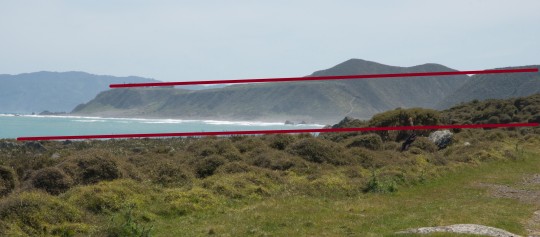
Dobra, to teraz na poważnie.
Powierzchnie zrównań to obszary, które wyniesione zostały dość szybko w porównaniu do otaczającego, wyższego terenu - na tyle, że procesy denudacyjne (niszczące) nie zdążyły go nadgryźć, porozcinać dolinami, uformować żlebów i piargów.
Dolna linia to terasa dzisiejszego wybrzeża. Jeśli w przyszłości ona wypiętrzy się w wystarczająco krótkim czasie, uformuje kolejny płaskowyż.
Jak prędko potrafi nastąpić takie wypiętrzenie? O tym w jednym z następnych odcinków. Dawajcie plusika, jeśli chcecie wiedzieć.
Ciekawie to widzieć tu na miejscu, ale pewnie trzeba być mną, żeby mieć z tego frajdę.
4 notes
·
View notes
Photo

Changing from environment, not from roots, seeds, blooms to come.
14 notes
·
View notes
Text
43 notes
·
View notes
Text


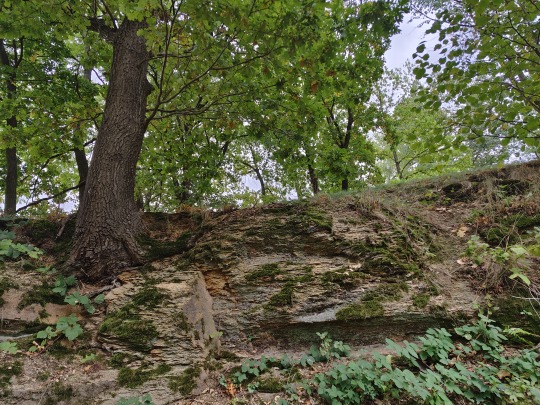

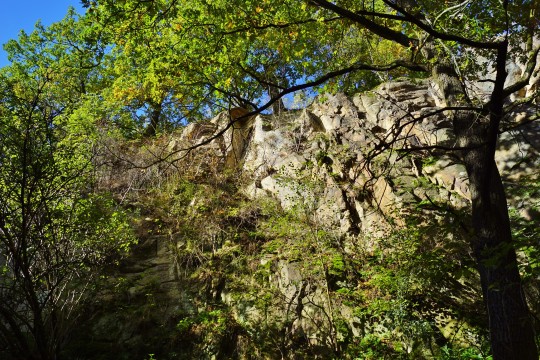

Bagieniec village lies on the line of the Tertiary Bagieniec-Paszowice fault, which is the north-western border of the Strzegom - Sobótka granite massif. Strzelnica hill, towering over the village, is the raised wing of this fault, built of the Paleozoic granite intrusion of Carboniferous age. The depressed part in which Bagieniec is located belongs to the Roztoka-Mokrzeszów Graben, filled with sediments of the Tertiary and Quaternary period.

The outcrops of Strzelnica hill show granite rocks called the Strzegom granite and products of their weathering.
#geology#lower silesia#geotourism#poland#geologia#geology of poland#carboniferous#granite#Równina świdnicka
17 notes
·
View notes
Text
FEAST MY GOBLIN/CROW/GOBLIN CROW HYBRID CHILDREN I HAVE BROUGHT YOU MORE SHINY ROCK
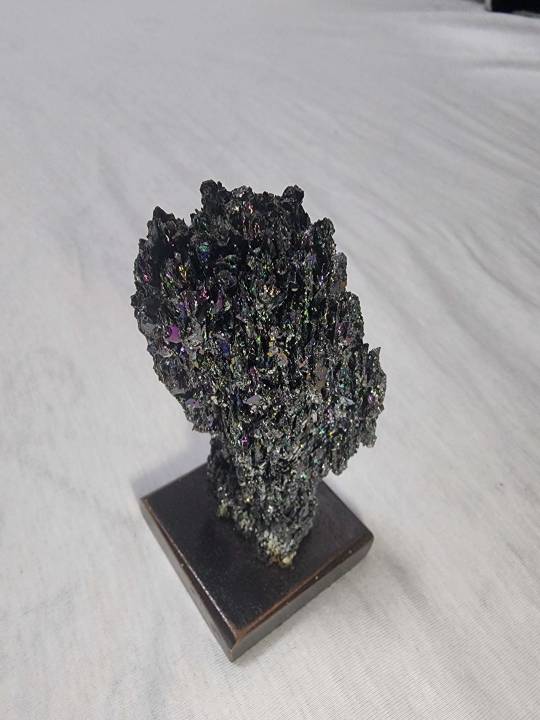
Rainbow Silicon Carbide sooo prebty
14 notes
·
View notes
Text

Lamproite with crustal xenolith (the lighter zone), from Murfreesboro, Arkansas, USA.
Lamproite is a potassic to ultramafic, dark-colored igneous rock group.
Xenoliths are rock fragments carried by igneous rocks. They are older and from a different source than the igneous rocks that contain them.
39 notes
·
View notes
